The architects who built Palm Springs: Hugh Kaptur
Inspired by midcentury aesthetics and philosophy, some of Kaptur’s (b. 1931) most famous commissions include homes for actors Steve McQueen (1964) and William Holden (1956). While Kaptur played with local vernacular and Spanish heritage, he always merged his influences with the International Style’s teachings.
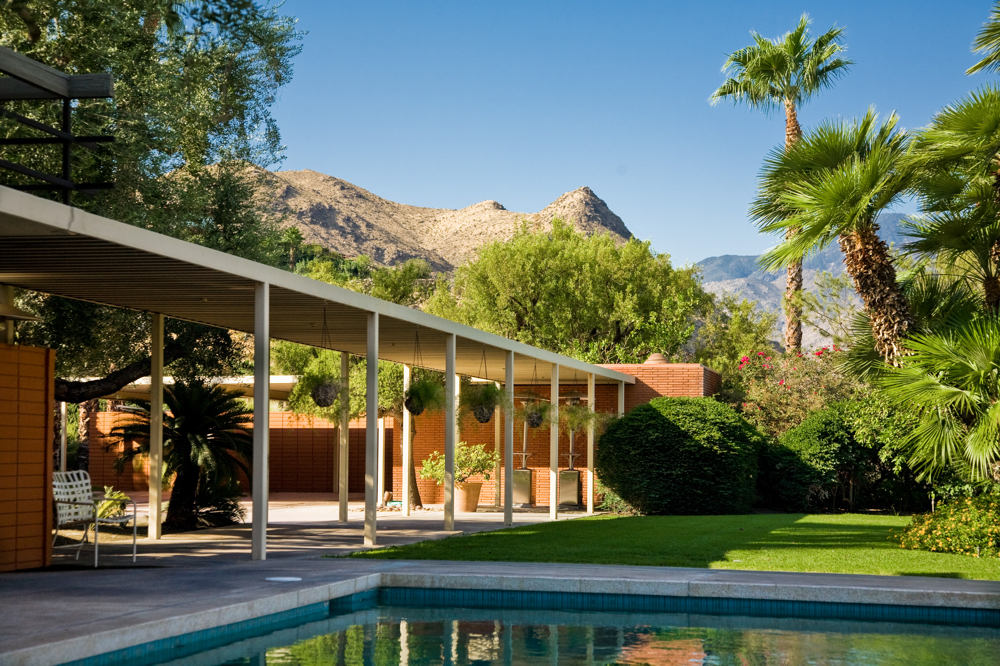
Few of the creatives who came to define Palm Springs' particular brand of modernism actually came from the Coachella region. Hugh Kaptur, one of the Californian town’s most prolific architects, was no exception, hailing in fact from the cold expanses of Michigan and Detroit. Yet he lived and worked in Palm Springs most of his professional life, quickly becoming the true architectural embodiment of the Desert Modern spirit.
Born in 1931, Kaptur studied architectural engineering at the Lawrence Institute of Technology, before opting, in an almost spur-of-the-moment decision, to stay in Palm Springs for good, during a trip there in 1956. He quickly set up shop and began what would become an over 50-year-long career spanning many typologies from private and multi-family houses, to civic and commercial buildings.
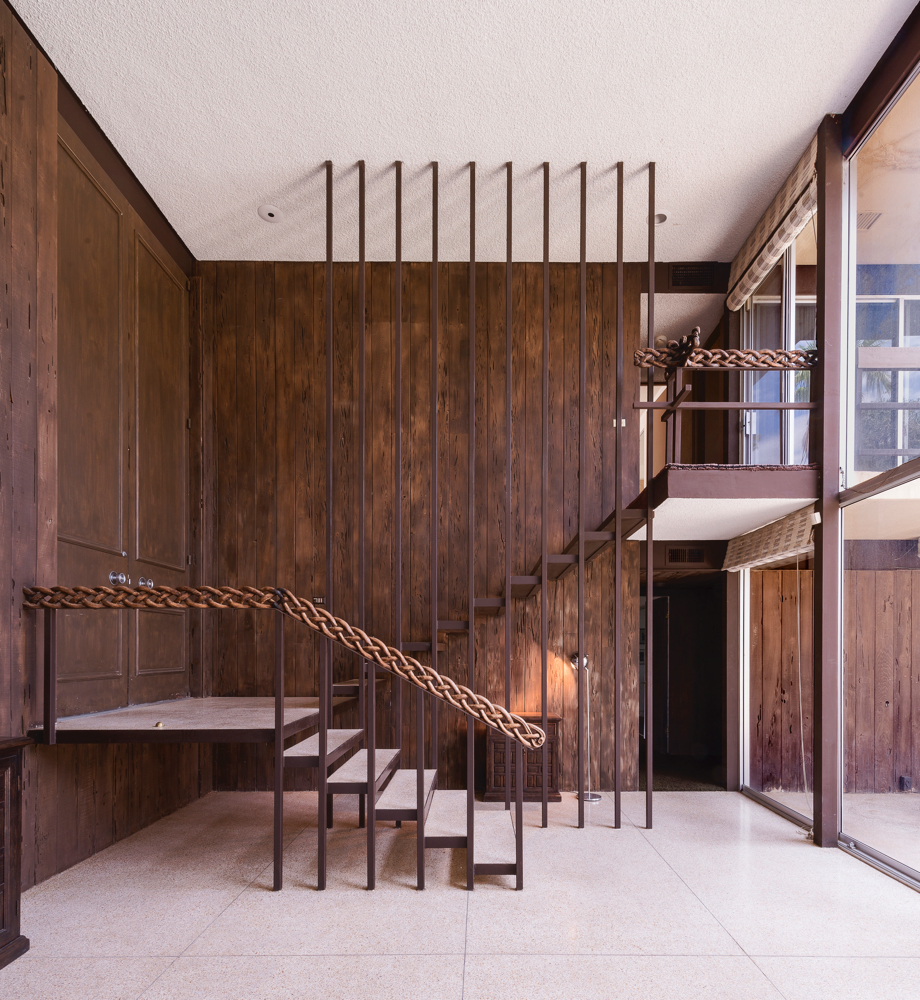
Modernist elements, such as clean, open-plan interiors and a striking floating staircase, define the McQueen House. Photography: Steve King, excerpt from the publication Hollywood Modern (Rizzoli, 2018)
Impala Lodge, now known as the Triangle Inn, completed in 1958, was one of his first projects in Palm Springs – when he started practising solo, out of his family garage. His Tahquitz Plaza, a 1970s complex of retail and office space on Palm Springs’ central East Tahquitz Canyon Way has been a landmark destination for the locals, occupied even today by popular cafes in its modernism-meets-Spanish-pueblo style. It has been appointed Class 1 Historic Site and recently received a thorough refresh, the restoration involving, fittingly, Kaptur himself.
He is however, most well known for his residential work. His houses inspired by midcentury aesthetics and philosophy, and on a par with contemporaries such as Donald Wexler (for whom he briefly worked, at Wexler & Harrison) and William Cody. Some of his most famous commissions include homes for actors Steve McQueen (built in 1964) and William Holden (built in 1956), the low-rise, clean-lined forms of which echo the vast landscapes of the Coachella Valley desert.
While Kaptur played with local vernacular and Spanish heritage, he always merged his influences with the International Style’s teachings – but much of his work is quite straightforward Californian midcentury modern, characterised by fluid, open-plan interiors, minimalist porches, colonnades, canopies and water features (swimming pools are common in this part of the West Coast), low rise volumes, clean surfaces and honest use of materials. Large expanses of glass and patios reinforce the relationship between indoors and outdoors.
RELATED STORY
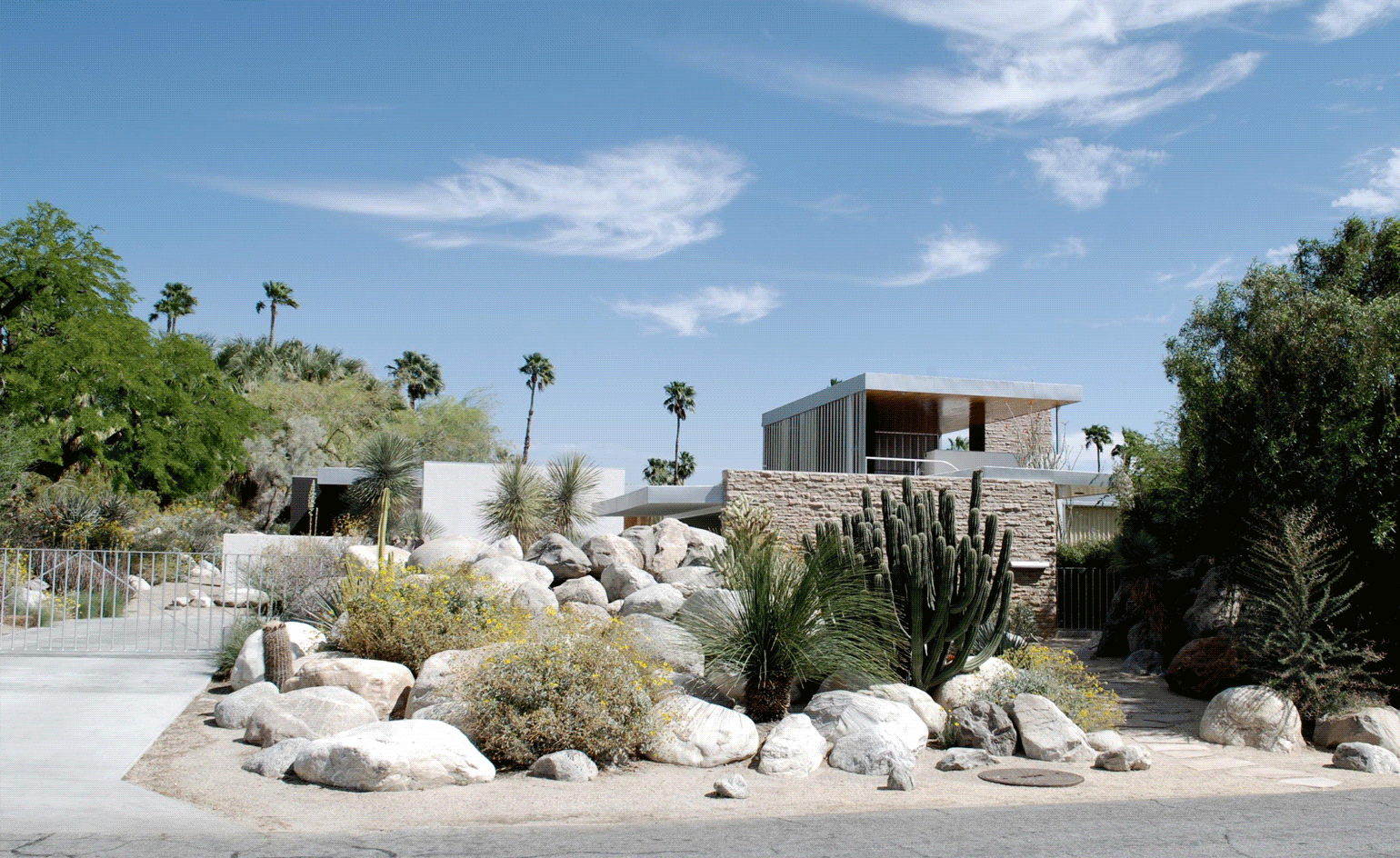
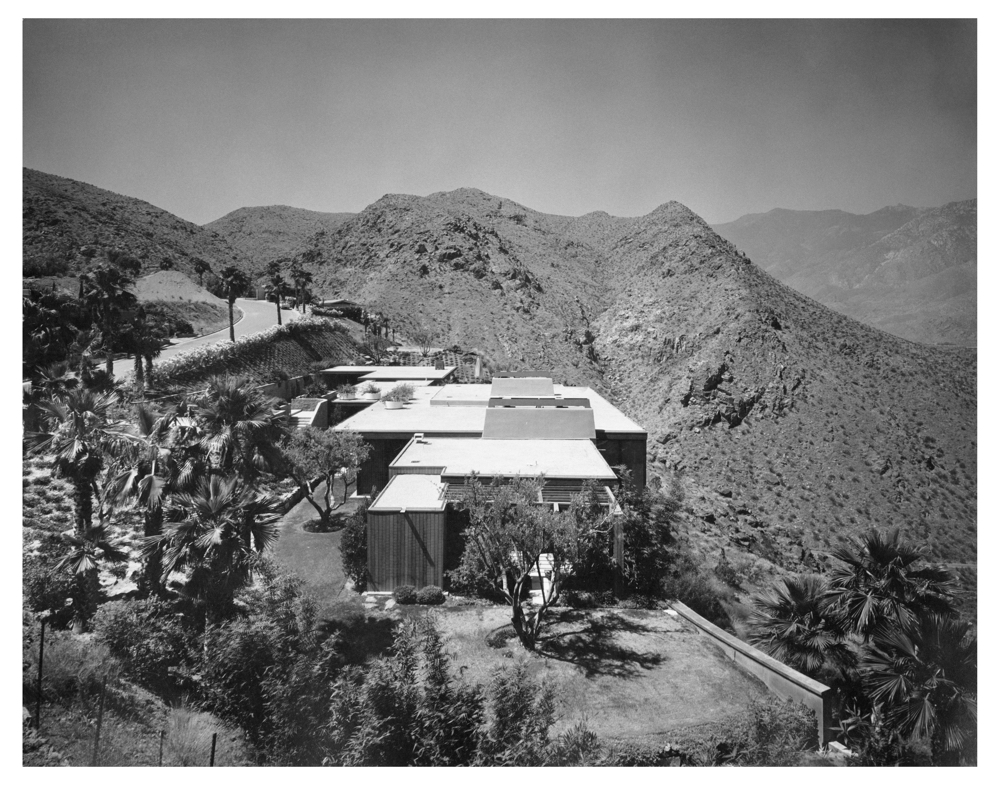
The William Holden House is another of Kaptur’s key residential designs in Palm Springs. Photography: Leland Lee, excerpted from the publication Hollywood Modern (Rizzoli, 2018)
Yet it is the lesser known works that make Kaptur so omnipresent in the desert town. His post-and-beam style architecture can be found in many Palm Springs homes, reflecting the ‘quiet elegance’ he always says his work aims to represent. ‘Keep the proportions good, keep it pleasing, and it will be noticed through its quiet elegance’, he said on a documentary in 2014. Many of his designs are located in the Desert Park Estates neighbourhood, while his portfolio includes more than 200 residences (as well as some 40-plus commercial projects) in the wider area.
Kaptur – who still resides in Palm Springs to this day – received a Palm Star in the city’s famous Palm Springs Walk of Stars in 2014 and has been honoured with events during the city’s annual Modernism Week several times. For the upcoming edition of the highly anticipated festival, taking place 14-24 February 2019, visitors will get the chance to find out more and discuss Kaptur’s work as part of a major panel presentation on ‘Hollywood Modern’ (drawing on a book authored by Alan Hess and Michael Stern and published in 2018 by Rizzoli) at the Annenberg Theatre of the Palm Springs Art Museum. The museum is also going to present 'Hugh Kaptur: Organic Desert Architecture', the first major exhibition on the architect's work, to open on the 2 February at A+D Center.
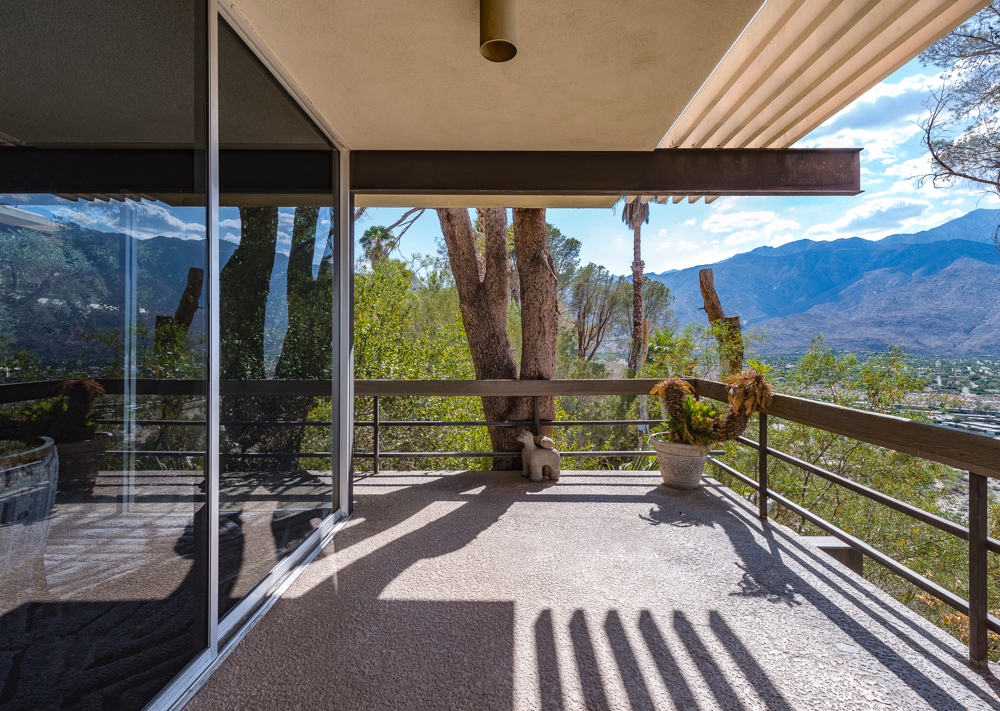
The McQueen House offers panoramic views of the city and the San Jacinto Mountains. Photography: Steve King, excerpted from the publication Hollywood Modern (Rizzoli, 2018)
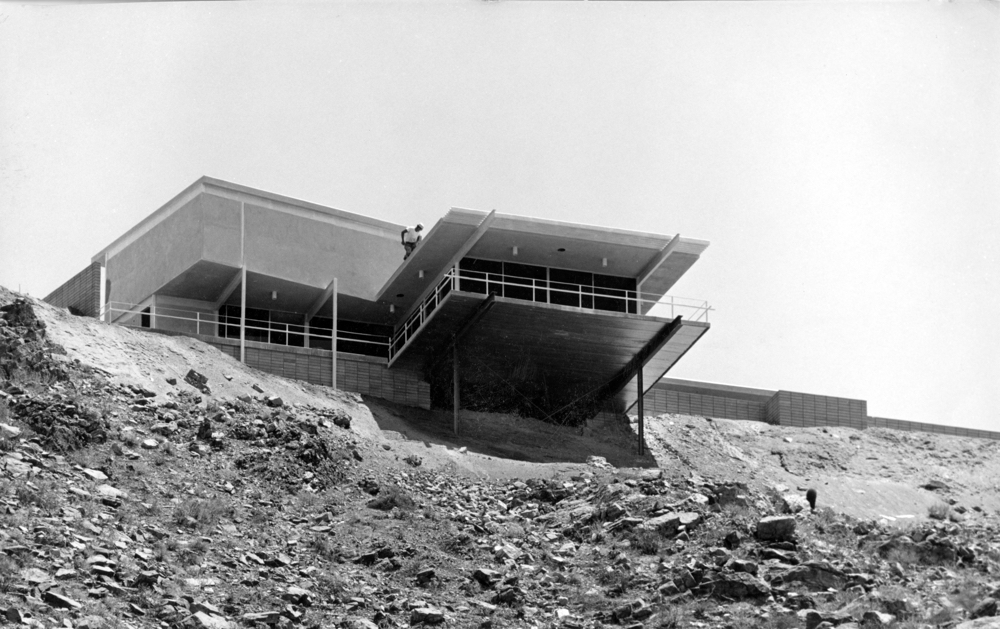
The structure is made in the mid-century modern post-and-beam style. Photography: courtesy of Hugh Kaptur, architect, excerpted from the publication Hollywood Modern (Rizzoli, 2018)
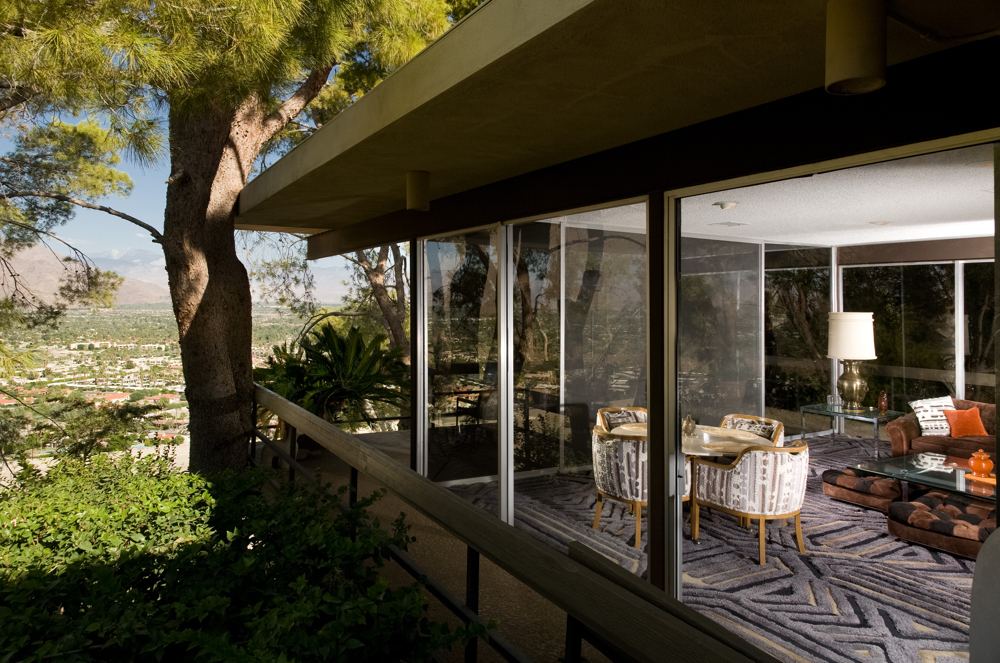
Glass expanses open up to a generous terrace bringing the interior at one with the surrounding context. Photography: Mark Davidson, excerpted from the publication Hollywood Modern (Rizzoli, 2018)
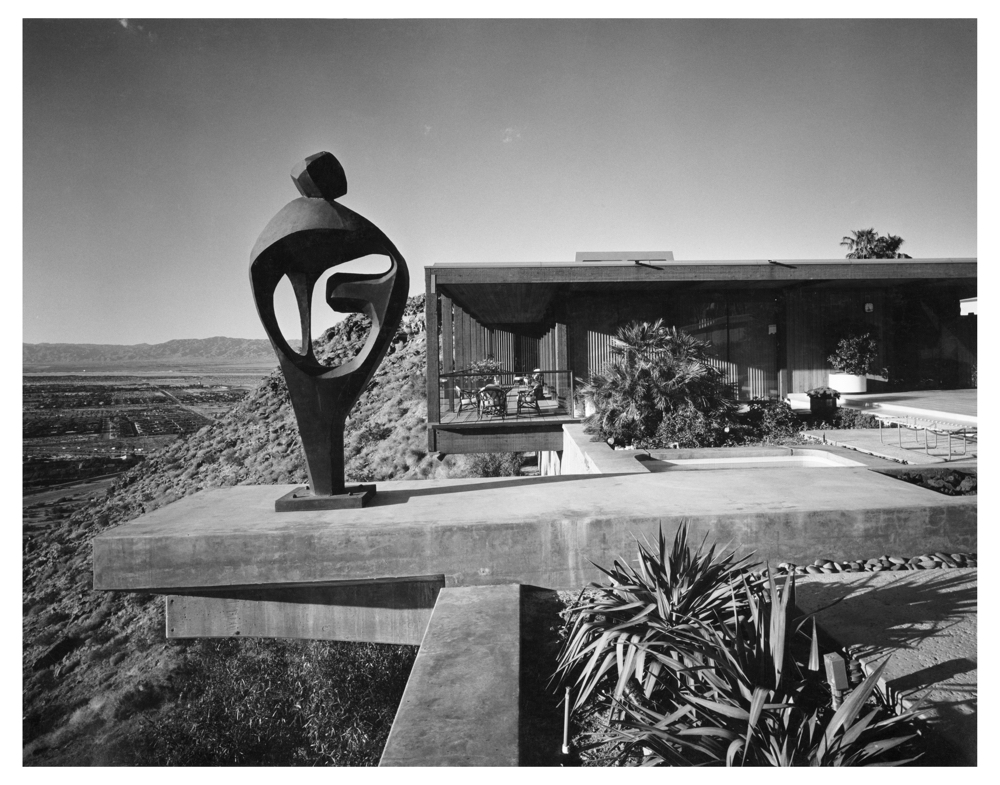
Kaptur’s Holden House was built in the 1950s in the Deepwell Estates neighbourhood. Photography: Leland Lee, excerpted from the publication Hollywood Modern (Rizzoli, 2018)
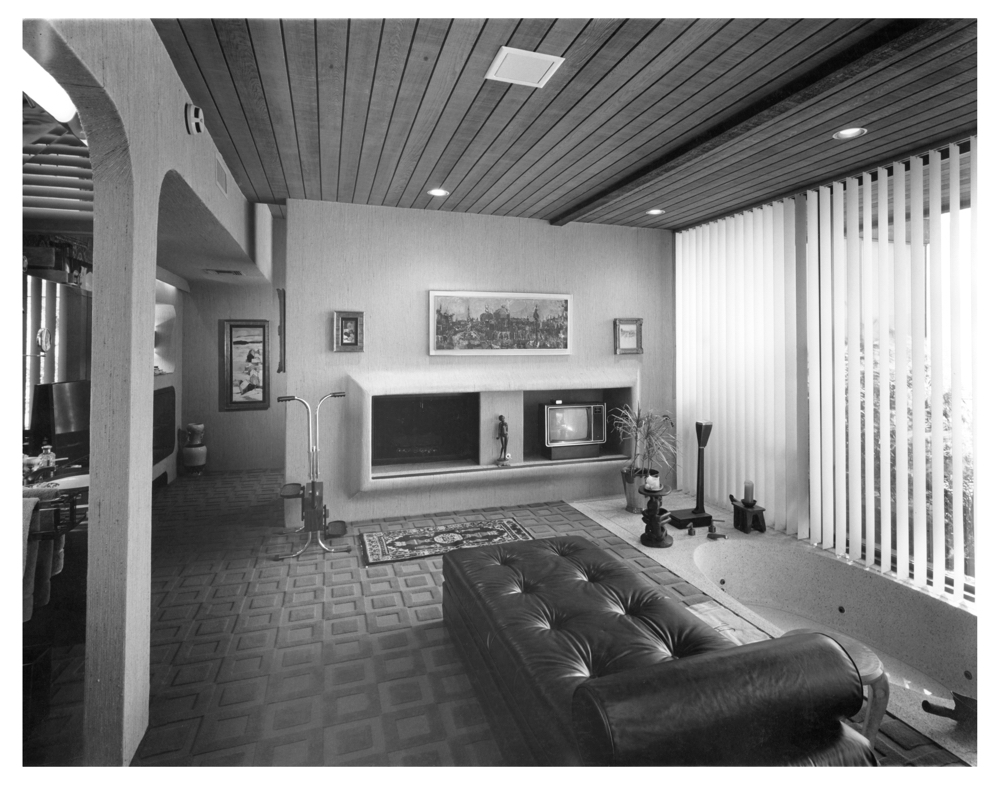
This house is one of the most famous residences design by Kaptur and still remains a private property. Photography: Leland Lee, excerpted from the publication Hollywood Modern (Rizzoli, 2018)
INFORMATION
Receive our daily digest of inspiration, escapism and design stories from around the world direct to your inbox.
For more information visit the website of Palm Springs Modernism Week
Ellie Stathaki is the Architecture & Environment Director at Wallpaper*. She trained as an architect at the Aristotle University of Thessaloniki in Greece and studied architectural history at the Bartlett in London. Now an established journalist, she has been a member of the Wallpaper* team since 2006, visiting buildings across the globe and interviewing leading architects such as Tadao Ando and Rem Koolhaas. Ellie has also taken part in judging panels, moderated events, curated shows and contributed in books, such as The Contemporary House (Thames & Hudson, 2018), Glenn Sestig Architecture Diary (2020) and House London (2022).
-
 How Beirut's emerging designers tell a story of resilience in creativity
How Beirut's emerging designers tell a story of resilience in creativityThe second in our Design Cities series, Beirut is a model of resourcefulness and adaptability: we look at how the layered history of the city is reflected in its designers' output
-
 A day in Ahmedabad – tour the Indian city’s captivating architecture
A day in Ahmedabad – tour the Indian city’s captivating architectureIndia’s Ahmedabad has a thriving architecture scene and a rich legacy; architect, writer and photographer Nipun Prabhakar shares his tips for the perfect tour
-
 You can now stay in one of Geoffrey Bawa’s most iconic urban designs
You can now stay in one of Geoffrey Bawa’s most iconic urban designsOnly true Bawa fans know about this intimate building, and it’s just opened as Colombo’s latest boutique hotel
-
 Step inside this resilient, river-facing cabin for a life with ‘less stuff’
Step inside this resilient, river-facing cabin for a life with ‘less stuff’A tough little cabin designed by architects Wittman Estes, with a big view of the Pacific Northwest's Wenatchee River, is the perfect cosy retreat
-
 Remembering Robert A.M. Stern, an architect who discovered possibility in the past
Remembering Robert A.M. Stern, an architect who discovered possibility in the pastIt's easy to dismiss the late architect as a traditionalist. But Stern was, in fact, a design rebel whose buildings were as distinctly grand and buttoned-up as his chalk-striped suits
-
 Own an early John Lautner, perched in LA’s Echo Park hills
Own an early John Lautner, perched in LA’s Echo Park hillsThe restored and updated Jules Salkin Residence by John Lautner is a unique piece of Californian design heritage, an early private house by the Frank Lloyd Wright acolyte that points to his future iconic status
-
 The Architecture Edit: Wallpaper’s houses of the month
The Architecture Edit: Wallpaper’s houses of the monthFrom wineries-turned-music studios to fire-resistant holiday homes, these are the properties that have most impressed the Wallpaper* editors this month
-
 The Stahl House – an icon of mid-century modernism – is for sale in Los Angeles
The Stahl House – an icon of mid-century modernism – is for sale in Los AngelesAfter 65 years in the hands of the same family, the home, also known as Case Study House #22, has been listed for $25 million
-
 Houston's Ismaili Centre is the most dazzling new building in America. Here's a look inside
Houston's Ismaili Centre is the most dazzling new building in America. Here's a look insideLondon-based architect Farshid Moussavi designed a new building open to all – and in the process, has created a gleaming new monument
-
 Frank Lloyd Wright’s Fountainhead will be opened to the public for the first time
Frank Lloyd Wright’s Fountainhead will be opened to the public for the first timeThe home, a defining example of the architect’s vision for American design, has been acquired by the Mississippi Museum of Art, which will open it to the public, giving visitors the chance to experience Frank Lloyd Wright’s genius firsthand
-
 Clad in terracotta, these new Williamsburg homes blend loft living and an organic feel
Clad in terracotta, these new Williamsburg homes blend loft living and an organic feelThe Williamsburg homes inside 103 Grand Street, designed by Brooklyn-based architects Of Possible, bring together elegant interiors and dramatic outdoor space in a slick, stacked volume